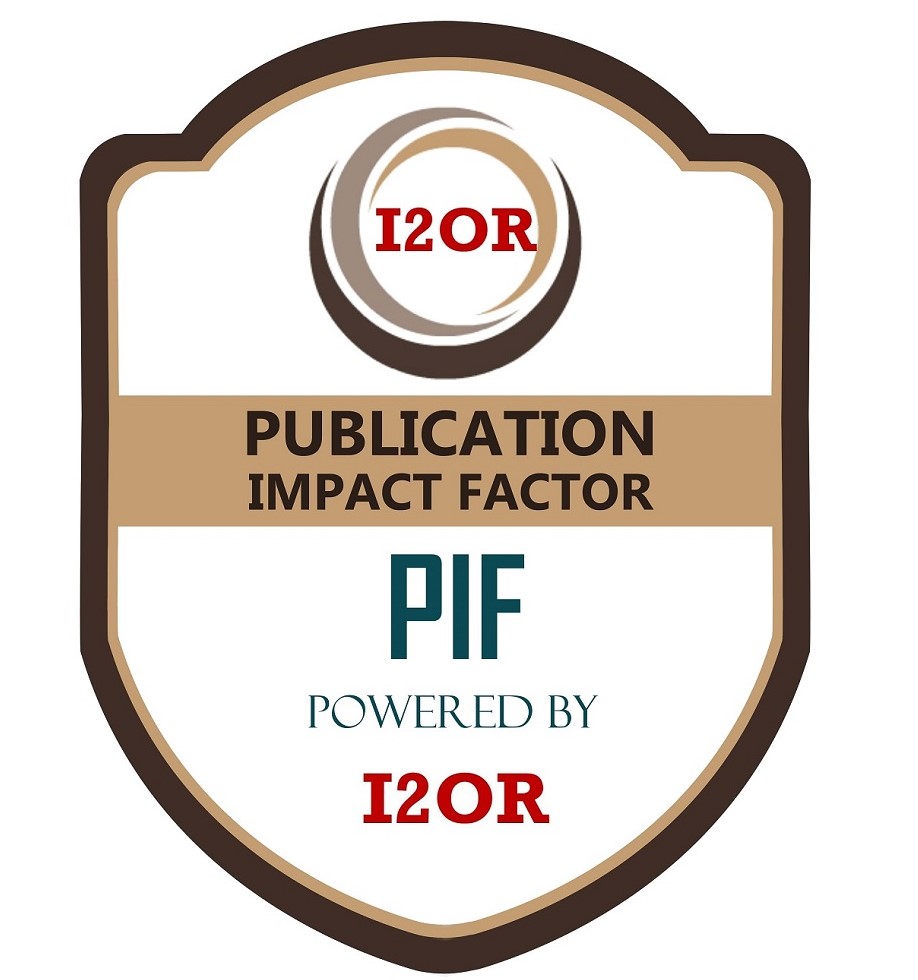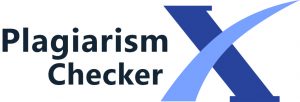- Version
- Download 60
- File Size 564.50 KB
- File Count 1
- Create Date 09/12/2023
- Last Updated 09/12/2023
IMPLEMENTATION ON ARTMART A KEYWORD-BASED AI IMAGE GENERATOR
IMPLEMENTATION ON ARTMART A KEYWORD-BASED AI IMAGE GENERATOR
Keshari A.Moundekar, Nayan K. Dahare, Prof. H.V.Gorewar, Milind K. Bawane, Gautam Y. Hatmode, Sanket R. Deoke
Dept.Information Technology
KDKCE,Nagpur,India
ABSTRACT
The swift advancement of Artificial Intelligence (AI) has had a profound effect on a number of sectors, including computer vision, image processing, and the creative arts, where jobs are now completed in a whole new way. Artificial intelligence (AI) has gained popularity recently for producing realistic photos. This system uses artificial intelligence APIs to analyze the input text and keywords to generate corresponding images that accurately represent the given description. The project is expected to have a significant impact on the automation of image generation and reduce the workload of graphic designers and content creators. An overview of the main goals, working methods, and importance of the AI Image Generator Project are given in this abstract. The main objective of the project is to create and implement cutting-edge neural networks and machine learning algorithms to produce high-quality photographs while also improving current ones. The project aims to tackle issues of content manipulation, super-resolution style transfer, and picture synthesis by utilizing state-of-the-art deep learning techniques.We concentrate on the technical components of the research, talking about the training datasets, neural network topologies, and iterative training procedures that improve the model's performance.. The project's development is fueled by extensive research into image generation and manipulation techniques incorporating both supervised and unsupervised learning paradigms We also highlight, the project's adoptability as it can input sources including textual descriptions sketches and existing images. In conclusion, the Al Image Generator Project is poised to reshape the landscape of image creation and manipulation through Al-driven Innovation. This abstract provides a glimpse into the transformative capabilities and ethical considerations of the project emphasizing its potential impact on diverse Industries and the broader technological landscape.







